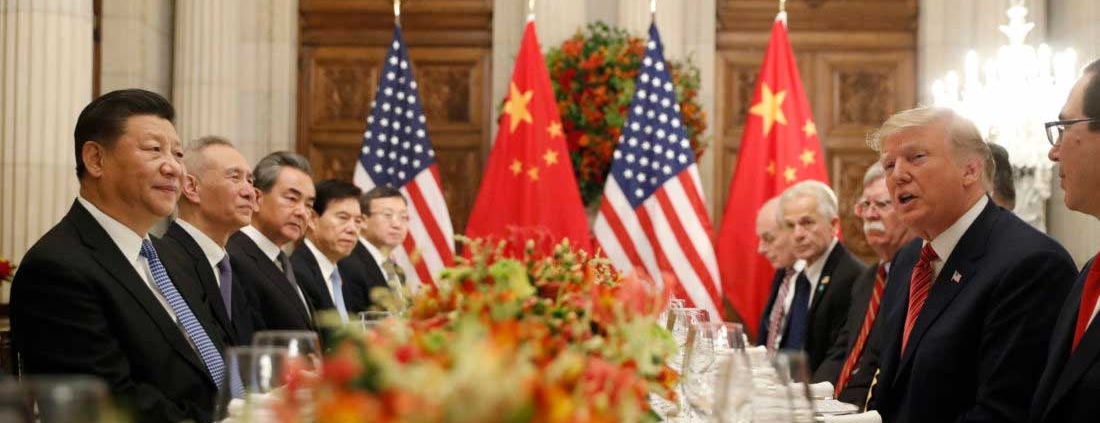Global Supply Chain Updates Following The G20 Summit
The Trade War
In lieu of the 2018 G20 Summit held in Argentina last weekend, Donald Trump and Chinese President Xi Jingping have begun to reach an agreement on the ongoing tariff war. According to the White House press, one highlight of the agreement is that China has “agreed to start purchasing agricultural product from our farmers immediately.” Tariffs on $200 billion worth of Chinese goods will remain at the current rate of 10% through January 1, 2019.
The United States and China are set to resume negotiations regarding the G20 Summit agreements in coming days. However, if a final agreement is not reached on these matters within 90 days… tariffs will rise to 25% across the board.
In conclusion, the immediate effects of this pending agreement means lower demand from west coast ports. The lower demand implies potentially higher shipping prices, as well as higher carrier capacity from the west coast.
USMCA
Additionally, heads-of-state for the United States, Mexico, and Canada signed a new trade deal at the recent G20 Summit. Upon approval of the respective nation’s legislatures, the United States-Mexico-Canada Agreement (USMCA) is intended to replace the 1994 North American Free Trade Agreement (NAFTA). In a statement to reporters on his return flight from the G20 Summit, Donald Trump says he plans to terminate NAFTA shortly and present choices of the USMCA or pre-NAFTA to Congress.
However, the USMCA is largely similar to NAFTA. The biggest changes—aside from an obvious name change—include higher rules-of-origin requirements for the auto sector and slightly greater U.S. access to the Canadian dairy market.
BM2 Freight Services, Inc.
Phone: (859) 308-5100
Email: Sales@BM2Freight.com





Leave a Reply
Want to join the discussion?Feel free to contribute!